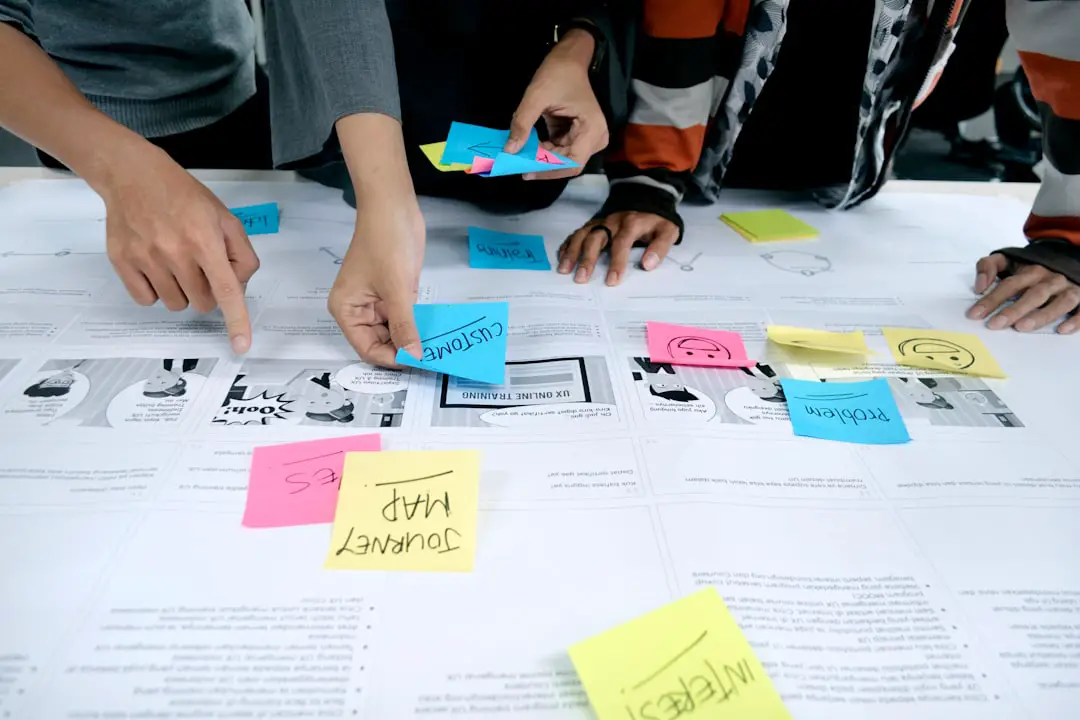Creating a market-led proposal is like crafting the perfect pitch for a blockbuster movie. You need data, drama, and a compelling reason for people to say, “Yes, we want this!” But instead of suspense, you rely on solid evidence, smart risk sharing, and a clever ROI model. Let’s break down how to build one—and yes, we’ll keep it fun and simple!
What Is a Market-Led Proposal?
Think of it as a proposal that starts with what the market wants. Not what you want to sell. It’s the art of listening first, then building a solution that matches real-world demand. That demand might come from customers, market trends, or a clear need seen in data.
A market-led proposal is not guessing. It’s grounded in:
- Evidence – Facts and data showing there’s a problem and opportunity.
- Risk Sharing – You and the buyer both have skin in the game.
- ROI Modeling – Proving the value it will deliver in actual dollars or outcomes.
Step 1: Let’s Start with Evidence
No one wants to hear, “Just trust me.” Your idea needs backup. Evidence tells decision-makers, “Yes, this matters. And here’s proof.”
You can collect evidence from these places:
- Customer interviews – What are people really struggling with?
- Market research – Are trends pointing in the same direction?
- Case studies or pilots – Did it work somewhere else already?
- Stats & reports – Numbers that make the case clear.
The stronger your evidence, the more confident your buyer feels. It shows you’ve done your homework. Plus, it helps you refine your solution to match real needs.

Don’t Just Sell a Product. Solve a Problem.
Buyers care more about solving a headache than buying your shiny service or tool. So don’t describe features. Describe outcomes.
For example:
- Instead of “Our software uses an advanced algorithm to optimize workflows,” say “We cut admin time by 32% on average within 6 weeks.”
That shift in perspective makes your proposal instantly more powerful.
Step 2: Share the Risk (It Builds Trust)
This part gives your proposal an edge. Why? Because you’re not saying “Take all the risk.” You’re saying, “Let’s win together—or fail together.” That builds trust faster than any sales pitch.
You can share risk by:
- Performance-based payments – Only get fully paid if outcomes are delivered.
- Co-investment – You both put resources in. Time, tools, or money.
- Guarantees – Offer refunds or future credits if targets are missed.
These tactics lower the buyer’s fear. Not all buyers will accept them, but even offering shared risk shows confidence in your idea. Big points for that!
Create a Win-Win Structure
Let’s be honest: everyone buying wants results. And they want to know you’re serious about delivering them. If both sides win only when success happens—then it’s a partnership, not just a transaction.
That can be attractive to budget-conscious companies. It also helps build long-term relationships, not just one-off deals.

Step 3: ROI Modeling Made Super Simple
This is where your inner math nerd gets to shine—just a little. But don’t worry, it’s not hard. ROI (Return on Investment) is about convincing the buyer this is worth the money.
Here’s a simple formula:
ROI = (Expected Return – Cost of Investment) / Cost of Investment
In basic terms: if they spend $1,000 with you, how do they make $2,000, save $3,000, or improve something meaningful?
Your ROI model should answer:
- What’s the outcome?
- How soon can they expect it?
- How many people benefit?
- How will you measure success?
Now, put all that into a simple ROI table. Maybe show different scenarios—best case, expected case, and conservative case.
Make It Visual!
People like to SEE results. Use visuals like graphs, charts, or infographics. Instead of handing numbers in paragraphs, give them eye-friendly summaries.
Bonus tip: add comparisons. (“Compared to current costs, this saves 22% annually over 3 years.”) That makes decision-making faster.
Bundle It All Together
Now that you have:
- Evidence that this is a real and urgent need,
- Risk sharing to show you’re confident and committed,
- ROI modeling proving the financial or strategic value—
—you’re ready to bundle that into a punchy, powerful proposal.
Your Market-Led Proposal Should Have These Sections:
- Executive Summary – A one-page WOW.
- The Problem – What’s broken, and who is affected?
- The Opportunity – Why now is the time to fix it.
- Your Solution – Be clear and sharp. Add visuals here!
- The Evidence – Case studies, quotes, charts.
- Risk and Shared Ownership – How you’re both in it together.
- ROI Model – Return in dollars, time, or impact.
- Next Steps – Make it super easy to say yes.
Tips to Keep It Fun and Believable
You might be passionate about your offering—and that’s great! But make sure your proposal feels real, not hyped. Buyers are smart, and they spot fluff fast.
Keep it fun by:
- Using real voices – include short quotes from people or users.
- Adding humor – gently! A clever line or funny stat can make it memorable.
- Being visual – never underestimate a well-placed image or graph.
One More Thing: Think Like the Buyer
Before sending, ask yourself: what’s the one question the buyer will ask next? Then answer it before they ask. That shows you’re a step ahead. And that’s impressive.
For example:
- Will this integrate with our systems? → Include an integration plan.
- What if it doesn’t work? → Offer a low-risk pilot or money-back terms.
You’re Ready to Pitch With Power
Let’s review. A great market-led proposal is:
- Grounded in evidence – You did the research.
- Built on partnership – Risk is shared.
- Modeled for ROI – The numbers tell a story.
It shows that you listen, you care, and you’re ready to deliver results. That’s not just a proposal—it’s a business no-brainer.
So next time you pitch a bold new idea, remember: the market should lead, and you should follow with the perfect, irresistible offer.
